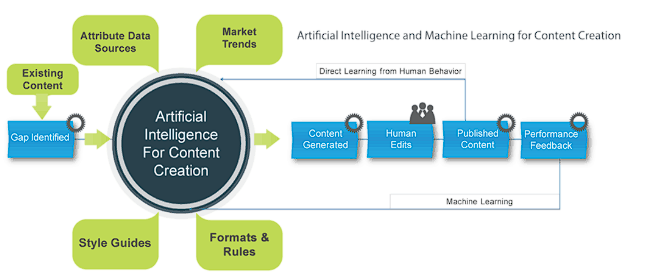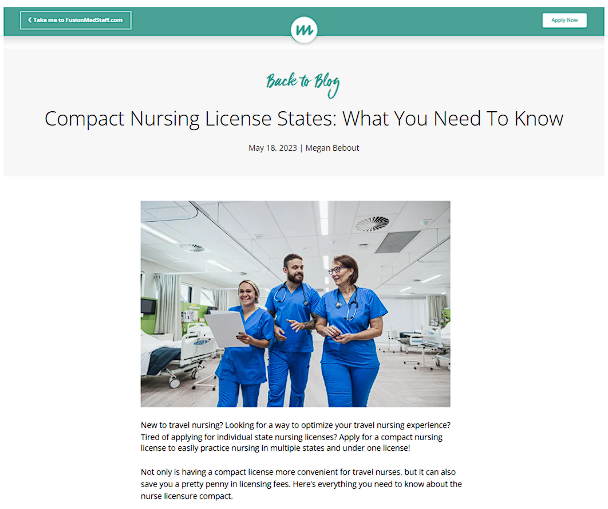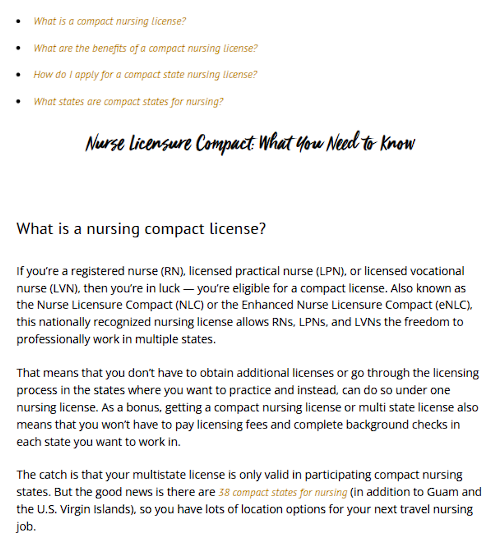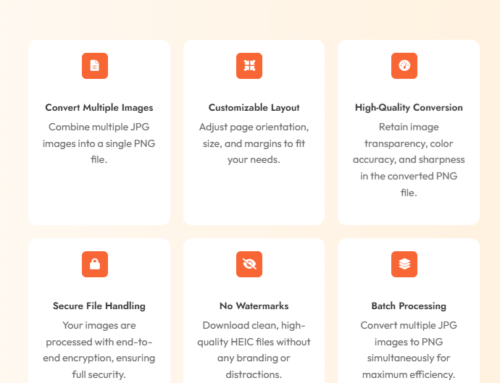The sheer magnitude of AI-generated content on the web changes the digital landscape. While it offers efficiency and scalability, it also brings risks. These risks include misinformation, deepfakes, and brand impersonation.
You must proactively protect your business from AI-generated work. It’ll help maintain your creative input and the brand’s integrity.
Why is it important to analyze the implications of using generative AI?

Besides human authorship, companies use AI for content creation across industries, from journalism to marketing. Yet, it also opens the door to new threats. Manipulation and plagiarism of AI-generated content are possible and easy to do, especially with advanced AI systems like ChatGPT. It can also be used maliciously to spread false information. This puts brands at risk of losing consumer trust and facing legal issues.
Companies that fail to safeguard their artificial intelligence content may suffer reputational damage and financial losses. Thus, implementing best practices now is crucial to prevent future challenges. Besides, it’ll help maintain your company’s credibility.
Why is it important to Protect Your Brand from AI
Although AI has reshaped content creation, it also introduces significant risks related to genai technologies. Brands can suffer content theft, misinformation, and deepfake fraud without safeguards. A single instance of AI-generated misinformation can damage reputation and consumer trust.
Here are some of the ways you can use to protect your brand from AI-generated content:
1. Establish Clear AI Content Guidelines
According to Knapsack in 2023, more than 60% of businesses used AI, including ChatGPT, in some way, shape, or form. Not all AI-generated content and AI-generated outputs are equal.
Brands must set strict guidelines to ensure quality, accuracy, and ethical use in the creative process.
Defining what AI can and cannot create for your business idea or brand, especially as generative AI becomes more sophisticated. It require human review before publication to catch errors and biases. For example, The Associated Press uses AI for automated news, yet, they maintain strict editorial oversight using traditional elements.
2. Use Watermarking and Digital Fingerprinting
AI-generated content can be easily manipulated or stolen. Watermarking images, videos, and even text-based AI outputs help prove authenticity and is one of the ways to protect your brand. Visible and invisible watermarks ensure that content remains traceable, even if altered. Google and OpenAI Researchers are working on AI watermarking technology to detect synthetic media and ensure consent in its usage.
Digital fingerprinting takes this a step further. Unlike watermarks, which can sometimes be removed, digital fingerprints embed unique metadata or cryptographic hashes that can verify original content. Companies like Adobe and Microsoft have developed fingerprinting methods to track AI-generated content through their AI platforms. AI-generated content.
These tools don’t require human involvement and can help businesses maintain content integrity and combat fraudulent use. Watermarking and fingerprinting will become essential for protecting digital assets as AI-generated media grows.
3. Monitor Ai-Generated Content With Advanced Detection Tools
AI-powered tools are an additional protection that can scan the web for unauthorized copies or misuse of AI-generated content. Services like Copyleaks, Originality.ai, and ContentShield can detect AI plagiarism and deepfakes without human intervention.
Some of these tools are better than others. Why? Because they harness the power of advanced algorithms without human control. These algorithms help analyze patterns in AI-generated material or AI-generated elements to improve content quality. This can help businesses flag potential misuse before it becomes a bigger issue.
Detection tools also help monitor brand reputation. AI-generated misinformation spreads fast, and businesses need real-time tracking to respond quickly. By integrating AI detection systems with content moderation platforms, brands can proactively remove fake content before it reaches a broad audience. Yet, it allows users to implement creative control.
Staying ahead of AI-generated threats requires continuous monitoring and insight into emerging vulnerabilities and adaptation to emerging risks.
4. Implement AI-Detection Tools
Per Mashable detection tools are accurate around 92% of the time, which is crucial for identifying weaknesses in AI-generated content. Using AI detection software to identify AI-generated text ensures transparency in your content strategy. Turnitin and Copyleaks provide AI detection solutions to verify content originality and perform infringement analysis. These tools help confirm whether content aligns with your brand’s voice, ethical standards, and copyright terms.
Additionally, they help businesses detect AI-generated plagiarism and differentiate between human and AI content.
5. Secure Your Intellectual Property
AI can generate content fast without human input, but it can also copy existing work without permission. As much as you think the speed part is good, it’s often not. As a brand, you should always protect your brand and its original content by securing:
- Copyrights
- Patents
- Trademarks
Registering your content legally will deter others from misusing or claiming ownership over AI-generated material associated with your brand. Companies like Adobe have built-in copyright protection for AI-generated designs. This is quite helpful in situations where the question of copyrightability comes up.
6. Educate Your Team on AI Ethics
Speaking of the ethical use of AI it means that you must ensure its safe use and understand the potential AI security risks. Your employees must know and understand AI risks and the best practices. What you can do is offer training on ethical AI use, emphasizing brand protection, content verification, and responsible AI implementation. For example, IBM runs AI ethics workshops to train teams on responsible AI content creation.
The more knowledgeable your team is, the better they can manage AI-generated content and avoid legal or reputational risks. Ultimately, this will help protect your brand, content, and company from malicious use.
7. Use AI Responsibly to Avoid Misinformation
A BBC-conducted study found that 51% of AI-generated news had some sort of inaccuracy or error. AI-generated content can spread false information if not checked. Always fact-check AI outputs before publishing.
Today’s AI models rely on the data they are trained on, which can sometimes be outdated or incorrect. Be transparent with your audience when AI contributes to content creation. A robust verification process prevents misinformation and keeps your brand credible.
Some brands manage topics that must be handled with the utmost care and professionalism, especially when considering the AI security risks involved. While it’s true that AI can help generate text quickly and maintain a consistent brand voice, it’s also important to take into account the vast amount of information that exists on specialized topics. Even though AI has access to these topics, it might be difficult for it to discern between right and wrong.
In the healthcare application development industry, different topics cover treatments, diseases, legal and educational matters, and much more.
When dealing with the complexities of, for example, compact nursing licenses, it’s extremely important to share only accurate and truthful information at all times.

This type of content usually requires being developed by subject matter experts and those with first-hand experience. It’s the only way to ensure that humans crafted all those materials.

8. Build Trust With Transparency
Let your audience know when AI is involved in content creation. Transparency builds trust and helps manage expectations about the role of AI in your brand’s messaging. If your brand is upfront about AI use, customers won’t have such a hard time trusting and continuing to engage with your content.
Ensuring brand credibility in these times means maintaining content quality and authenticity. AI-generated text can sometimes produce errors, awkward phrasing, or inconsistencies that weaken your message. A robust grammar checker helps catch these issues, ensuring polished, professional content that aligns with your brand’s voice. It also safeguards against unintended plagiarism or misleading phrasing, reinforcing trust with your audience.
9. Keep AI Content Aligned With Brand Identity
Regarding AI-made content and your brand identity, you need to tread lightly. You need to ensure AI-generated work reflects your brand’s tone, values, and messaging. Remember that the AI tools should support, not replace, human creativity.
In addition, always conduct regular reviews to maintain consistency. Without proper alignment, AI-generated content may sound generic or fail to capture the nuances of your brand’s unique voice. A good example of how to align AI content with your brand identity comes from Coca-Cola. Coca-Cola uses AI for marketing but ensures its brand voice stays consistent.
10. Stay Updated on AI Regulations
As AI-generated content becomes more prevalent, governments and regulatory bodies are developing new laws and guidelines to address the challenges posed by AI companies. These laws will address any ethical and legal implications. Staying informed about these regulations is crucial. It’ll help protect your brand from legal risks and ensure compliance with emerging standards.
Start by monitoring copyright and data privacy legislation in your industry and region. Regulations such as the EU’s AI Act and the U.S. Copyright Office’s stance on AI-generated works can impact how brands use and protect their content.
Joining industry associations, attending AI-related legal webinars, and following authoritative sources like government agencies and legal experts can be of significant help, and it’ll keep you ahead of changes.
Additionally, brands should establish internal policies for AI-generated content, ensuring that usage aligns with legal requirements and ethical best practices. Consider consulting legal counsel to mitigate risks if your brand uses AI for marketing, customer interactions, or content creation, particularly regarding the use of training data.
By proactively staying updated on AI regulations, your brand can adapt to legal changes, prevent potential disputes, and maintain consumer trust in an era of rapidly evolving AI technology.
11. Secure Your Domain and Social Media Handles
Protecting your brand’s identity is just as important as protecting your intellectual property. One of the most effective ways to do this is by securing your domain name and social media handles before anyone can misuse them.
Start by registering multiple variations of your brand’s domain name, including common misspellings, different extensions (e.g., .com, .net, .org, .ai), and abbreviations. This prevents cybersquatters or impersonators from creating misleading websites that could damage your reputation. If your brand is well-established, consider investing in premium domain extensions related to your industry.
Equally important is securing and verifying your brand’s presence on social media platforms. Even if you don’t plan to use every platform, it’s wise to claim your brand’s handle across major sites like:
- and TikTok
Verification badges add credibility and help distinguish your official accounts from potential imposters.
AI-generated content makes creating convincing fake profiles and websites easier for scammers. By proactively securing your domain and social media presence, you significantly reduce the risk of brand impersonation and misinformation, strengthening your brand’s online integrity.
How Generative AI Poses a Risk to Your Brand
Generative AI poses a significant risk to your brand as large language models (LLMs) and AI applications can mimic human behavior, making it easier for AI-driven cyber threats like phishing campaigns to exploit social media profiles and other digital assets. Attackers can leverage cutting-edge machine learning techniques to train AI on open-source data sets, allowing them to replicate branding materials, generate fake content, and launch adversarial attacks that compromise enterprise security. Without thorough governance and enforcement, businesses face unauthorized data access, privilege abuse, and breach incidents, particularly in the supply chain and third-party integrations. Organizations must prioritize cybersecurity by implementing detection and response strategies, assessing potential vulnerabilities, and evaluating the security of AI-powered tools.
The EU and other regulatory bodies are focusing on AI development and deployment laws to enhance compliance and enable proactive defenses. To stay ahead, enterprises must work with data scientists to validate AI use cases, integrate key features that enhance visibility, and establish a partner program for AI security. Additionally, companies should implement next-generation defenses, conduct remediation, and tailor cybersecurity measures to prevent AI-based lawsuit risks. Strengthening AI security through defense, campaign monitoring, and anomaly detection will empower brands to counteract evolving threats effectively.
Final Thoughts
AI-generated content isn’t going anywhere anytime soon. In fact, its bloom has just started in recent years. But brands must protect their identity, credibility, and intellectual property. These best practices will help you protect AI-generated work while maintaining brand trust and authenticity, providing effective ways to protect your content.
Companies can harness AI’s power by staying proactive without compromising their values. Implementing these strategies will safeguard your brand and allow you to use AI in an ethical and effective way.
Ryan Robinson. I’m a blogger, podcaster, and (recovering) side project addict who teaches 500,000 monthly readers how to start a blog and grow a profitable side business at ryrob.com.


